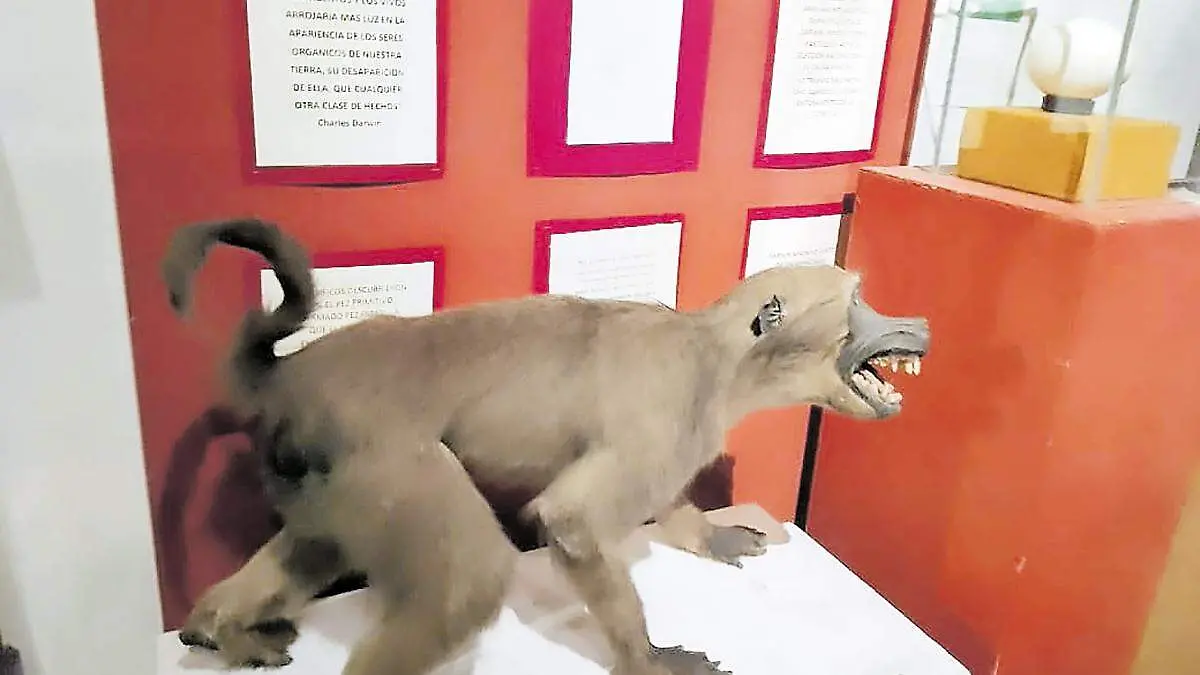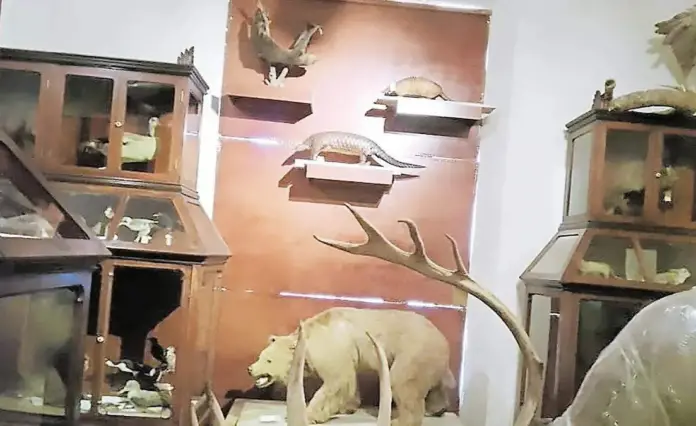The Natural History Museum of the Autonomous University of Zacatecas (UAZ) has one of the most extensive and varied collections of animal species in Latin America, but lacks a decent building, a modern museum design and adequate lighting.
The space founded 144 years ago, which currently has 400 pieces of stuffed species from all regions of the planet, is located in a very small area of Preparatory School 1, in the Historic Center of Zacatecas.
“Candelario Huízar” Music School faces serious shortages
Located in Jerez, Zacatecas, it serves one hundred students
Due to lack of space, much of the collection is not on display.
“This cabinet was acquired in 1881 by Governor Jesús Arechiga, to support the teaching of zoology, biology and comparative anatomy, at the then García Literary Institute, today UAZ,” reported Raúl Santillán Medina, director of the Museum.
In addition to the stuffed species, there are complete skeletons and bone material of birds, mammals, reptiles and fish.
The collection continues to be used as a support in the teaching of UAZ students, since the function of the museum is not only the exhibition, but the study of migratory species such as birds and monarch butterflies, clarified its director.
The museum also promotes field research work such as the one recently carried out in the Zacatecas semi-desert to track the presence of black bears that caused alarm in the population of various communities in Zacatecas.
The list of species that represent the biodiversity of all biogeographic zones of the world includes everything from a kiwi – a wingless bird native to New Zealand that was on the verge of extinction – to a platypus, a Chinese pangolin and the skeleton of an African lion.
The museum also has on display a reindeer, a brown bear, a Komodo dragon, desert tortoises, primates, a deer and a two-toed sloth.
An important part of the collection is made up of birds such as cassowaries, storks, pheasants, a European vulture and various migratory birds that arrive in Zacatecas every year.
Among the specimens that most attract the attention of visitors is the tuatara, a reptile that has not changed its genetic properties in 250 million years.
Today, work is being done on the conservation of 900 fossil parts of mammoths with the support of students from the State School of Conservation and Restoration of Zacatecas “Refugio Reyes.” The objective is to assemble a complete specimen of this species that became extinct four thousand years ago.
Raúl Santillán considered that one of the most urgent needs of the museum is to have adequate lighting in the display cases, to enhance the appreciation of the collection.
In the long term, he hopes that it will be possible to move the museum to a larger space in order to display the entire collection.
A larger space has been considered, which depends on the university authorities who are already aware of this situation and are aware of the urgent needs of the museum
Raúl Santillan, director of the museum
The collection remained abandoned for nearly 30 years at the expense of the windows of the old building where it is located, until teachers from the high school took on the task of rescuing it along with the objects that are displayed in the rectory.
Currently, each piece is given preventive cleaning and the humidity and temperature levels are monitored daily to prevent deterioration and to keep it in good condition for future generations.

Source: oem




